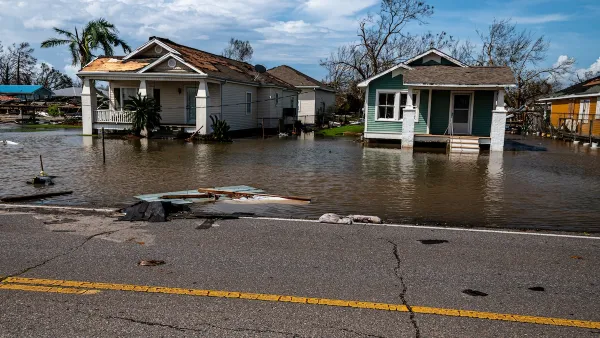The Portland area's population is expected to gain more than a million people by 2030, and the suburbs ringing the city are looking to handle the growth by increasing density, building higher, and developing more vibrant suburban town centers.
"Pressed by population growth, hemmed in by the urban growth boundary and tweaked by changing demographics, the suburbs ringing Portland are gearing up for denser development and eventually much taller buildings than they have now."
"Gresham, Hillsboro, Beaverton and Wilsonville are in various stages of constructing, planning or talking about taller buildings. Tigard, Tualatin and Lake Oswego may follow suit."
"The start is modest, with low- and mid-rise buildings first, mainly for housing."
"But planners and politicians envision a series of outer urbanized centers that mimic the Pearl or towering South Waterfront districts of Portland. The suburban town centers could become places where people live, work and shop -- and as a result reduce automobile commuting and lend stability by being active 18 hours a day."
"At least that's the theory. Whether it develops that way -- along with an anticipated 1 million more people by 2030 in metropolitan Portland -- is unclear."
FULL STORY: Suburbs set sights higher

Planetizen Federal Action Tracker
A weekly monitor of how Trump’s orders and actions are impacting planners and planning in America.

Vehicle-related Deaths Drop 29% in Richmond, VA
The seventh year of the city's Vision Zero strategy also cut the number of people killed in alcohol-related crashes by half.

As Trump Phases Out FEMA, Is It Time to Flee the Floodplains?
With less federal funding available for disaster relief efforts, the need to relocate at-risk communities is more urgent than ever.

US Forest Service Could Open Millions of Roadless Acres to Logging
The USDA indicated it plans to repeal the ‘Roadless Rule,’ a Clinton-era regulation that prevents new road-building in undeveloped federal forest areas.

Judge Reverses Federal Funding Freeze for EV Infrastructure
A federal judge ordered the Trump administration to release funding for the National Electric Vehicle Infrastructure Program, a $5 billion program aimed at improving charging infrastructure.

Santa Monica May Raise Parking Permit Fees
The city says the changes would help better manage curb space and support its sustainability goals.
Urban Design for Planners 1: Software Tools
This six-course series explores essential urban design concepts using open source software and equips planners with the tools they need to participate fully in the urban design process.
Planning for Universal Design
Learn the tools for implementing Universal Design in planning regulations.
JM Goldson LLC
Custer County Colorado
Sarasota County Government
City of Camden Redevelopment Agency
City of Astoria
Transportation Research & Education Center (TREC) at Portland State University
Camden Redevelopment Agency
City of Claremont
Municipality of Princeton (NJ)


























